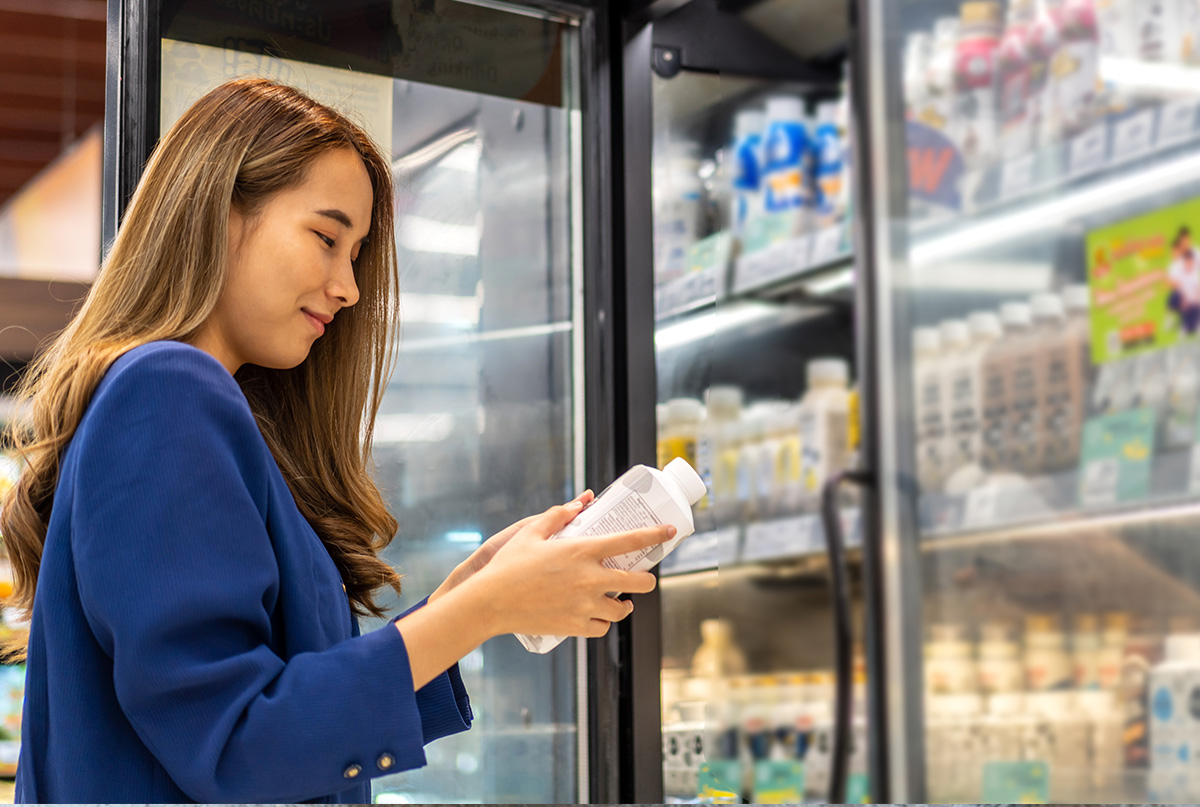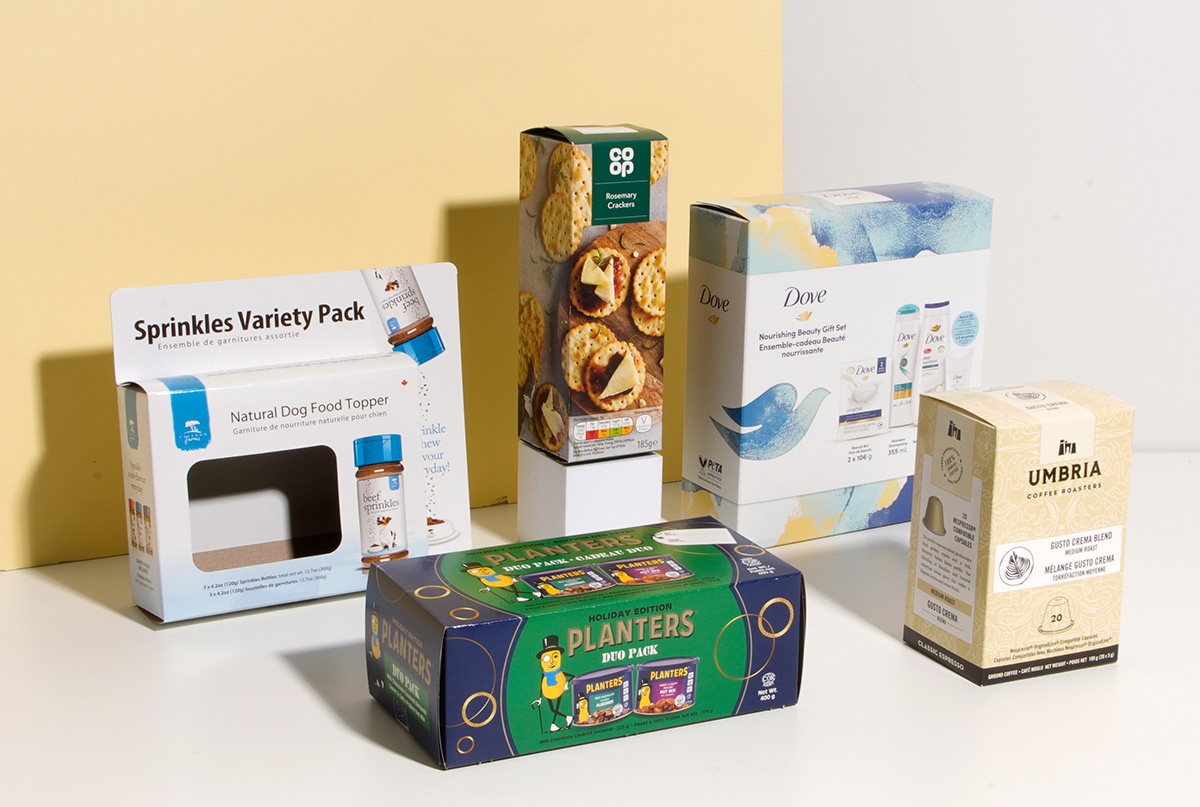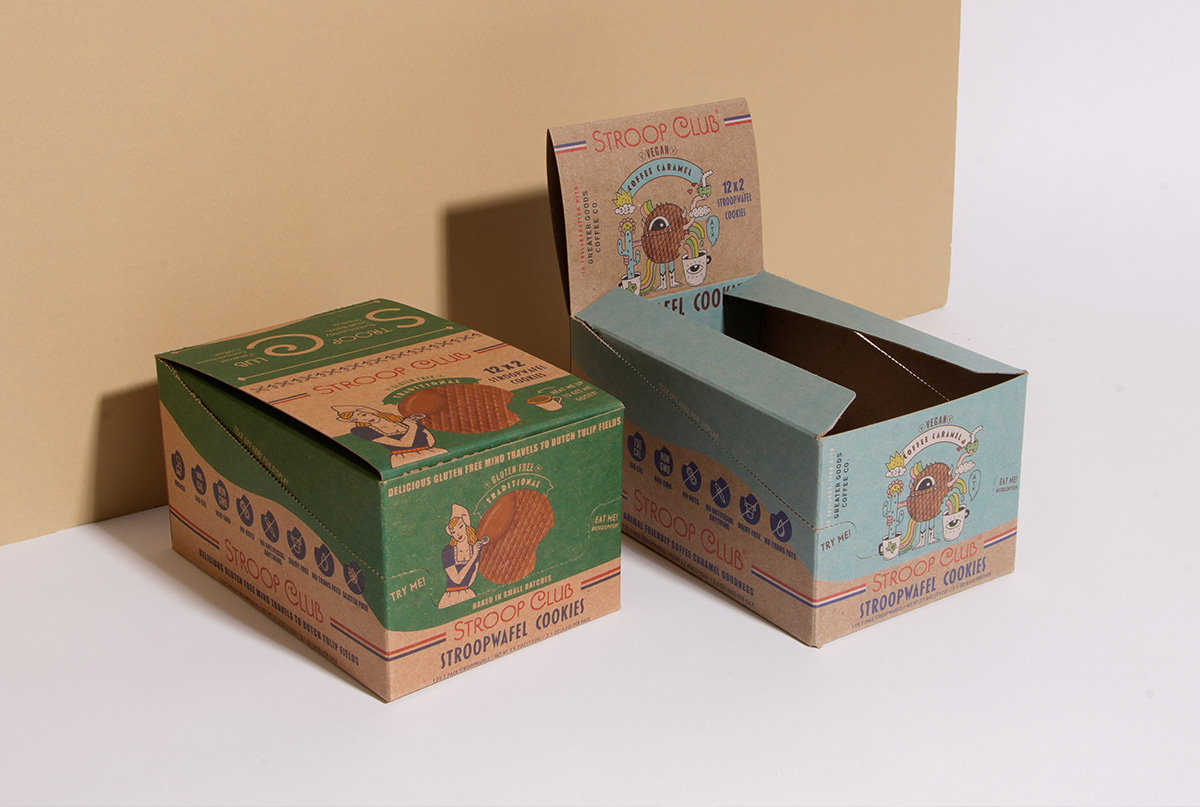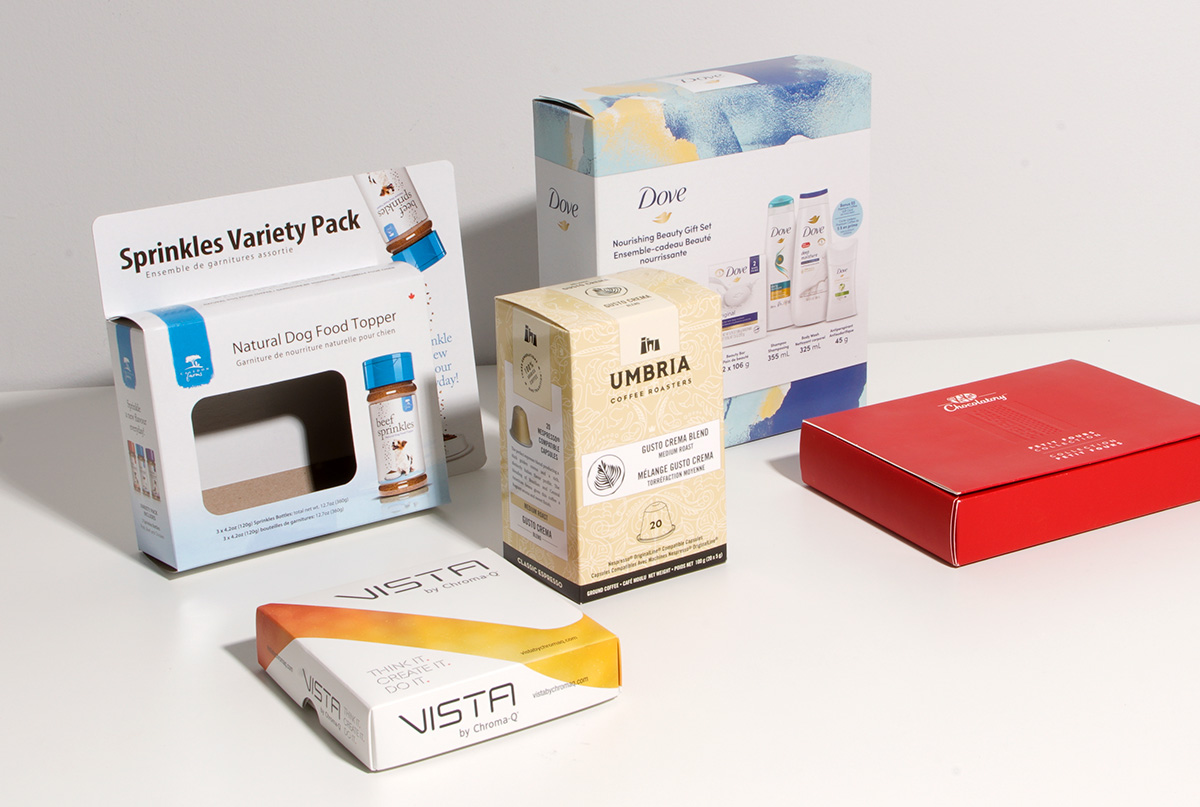Traditional beverage packaging involves plastic bottles, potentially gathered into a package with plastic rings. But that is far from eco-friendly. Customers are increasingly demanding eco-friendly packaging, and it is also a great way to reduce your impact on the planet. Luckily, there are many alternatives available, with even more in the works.
Switch to Glass Bottles
The most obvious and accessible way to make your beverage packaging eco-friendly is to opt for glass bottles instead of plastic ones. These tend to be much easier to recycle, which can encourage customers to actually recycle them. They are also easier for your customers to reuse.
Use Metal Cans
Alternatively, you can switch to metal cans instead of your current plastic packaging. However, this can sometimes lead to a metallic taste in the beverage, so always test this option before ordering a large packaging run.
Use Cardboard for Secondary Packaging
Another simple switch is to use cardboard in your secondary packaging instead of plastic rings. Cardboard is the easiest material to recycle, and you can even use recycled cardboard. You can go this route by putting a bunch of bottles or cans inside a cardboard box. Or use custom cardboard that sits around the necks of the bottles in a similar shape to plastic rings.
Look for Bioplastics
If you want to continue using plastic for your beverages, there are still a few better options. Bioplastics are the biggest one, as they are biodegradable or compostable yet function very similarly to traditional plastic. These bioplastics are made from algae, cornstarch, or sugarcane.
Consider Paper-Based Cartons
Beverages like milk and certain juices have traditionally come in plastic cartons, and paper-based cartons are a surprisingly effective alternative to these. Of course, they will need a coating of some sort before they can hold liquids, but these coatings can be water- or plant-based and are easily available.
Consider Drink Pouches
Flexible pouches also tend to be more eco-friendly than plastic bottles. They can even be made using compostable films instead of plastic, making them a much better option. Modern drink pouches can be resealable, but they aren’t usually refillable.
Offer Family Sizes
Offering bulk sizes can empower your customers to reduce the amount of packaging that they use. After all, a larger bottle will use less packaging per fluid ounce of liquid than a smaller one. Just make sure to avoid sizes that are so large that your average customer can’t get through the entire thing before it goes bad.
Make Them Eco-Friendlier to Ship
Whether or not you incorporate the above tips for your beverage packaging, you can make it eco-friendlier by reducing the resources needed to ship it. This means using lighter packaging that is more compact.
For example, if your glass bottles currently sit inside oversized cardboard boxes, consider reducing the size of the secondary packaging boxes to fit the bottles more snuggly. This can increase the number of bottles that fit in each shipment, reducing the need for fuel. As a bonus, it will also reduce your shipping costs.
Conclusion
If you currently use plastic bottles, switch to glass bottles or metal cans. Swap your plastic rings for cardboard versions. Beverage companies can also look for recycled, recyclable, or compostable materials or look for more eco-friendly shipping methods.




